Our five-day trip to Tohoku began with the sunrise over Tokyo’s skyline. We woke up at 6 am to make our way to Ueno station for the first train at 7:40. Because of the catastrophic earthquake just a day earlier, several train lines were disrupted. The Tohoku Shinkansen traveling on the Eastern side of the main island was unaffected, thus we could proceed to Koriyama station in Fukushima prefecture. There we transferred to the local service and reached Aizu-Wakamatsu within three hours.
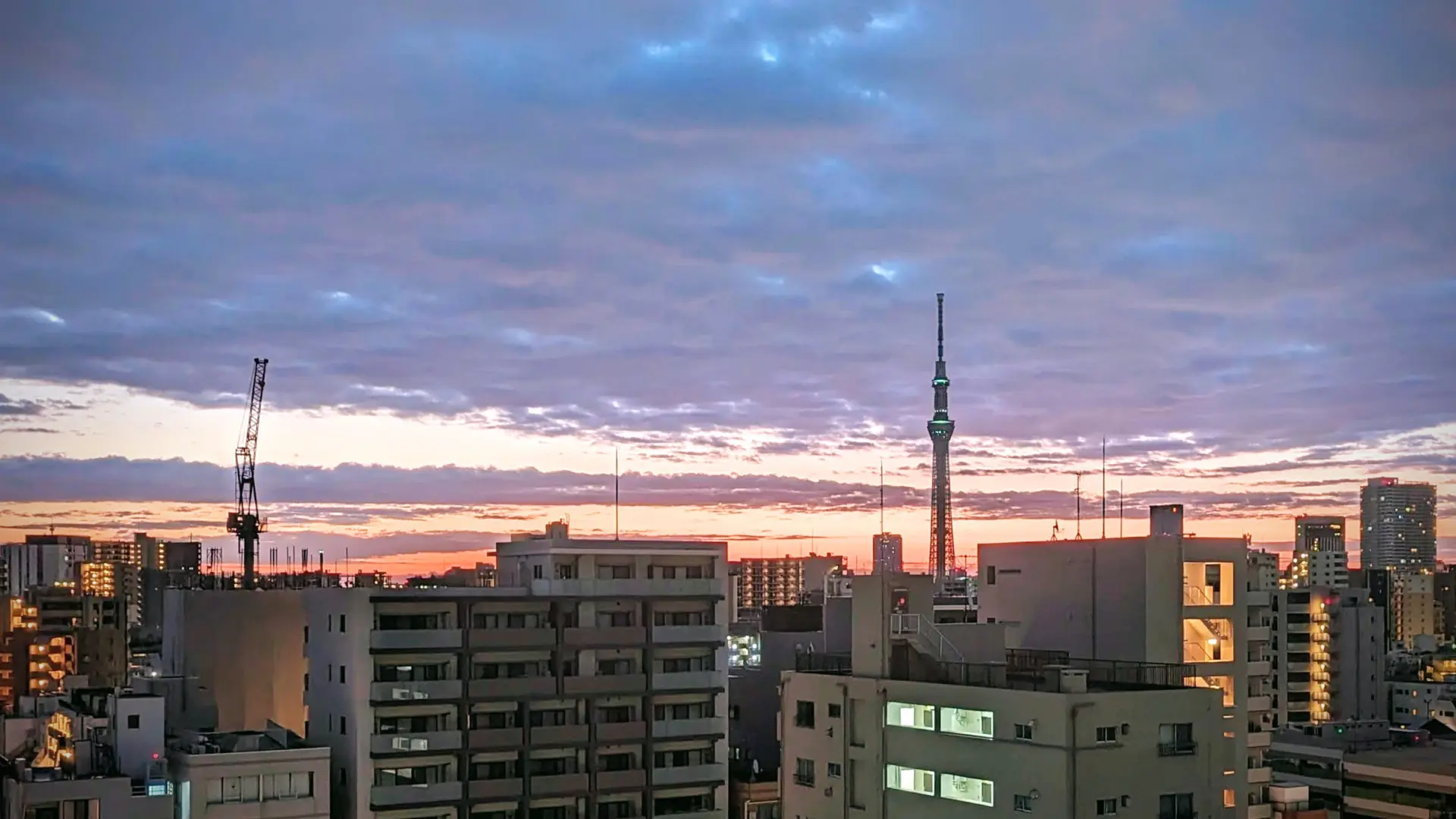
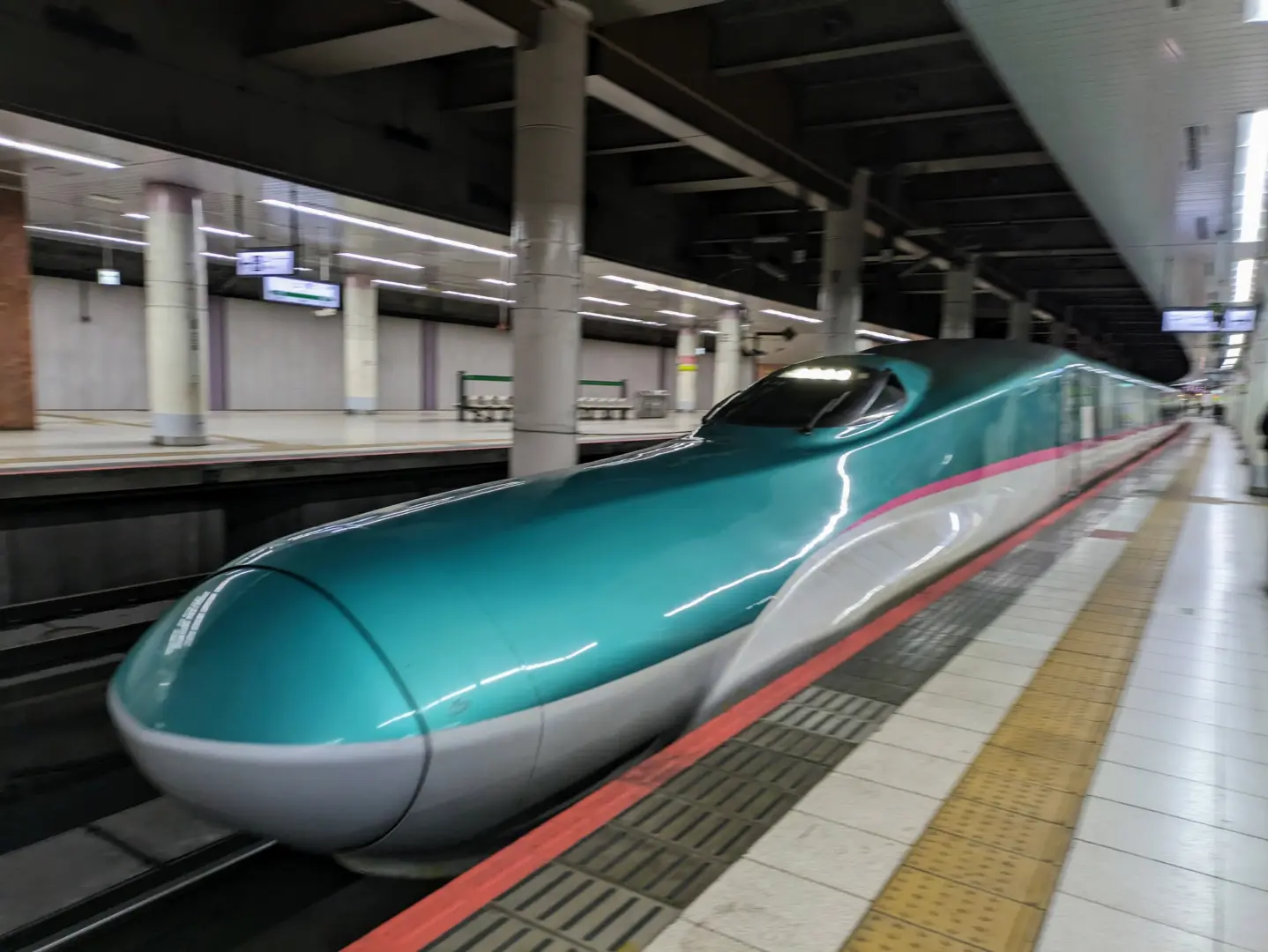
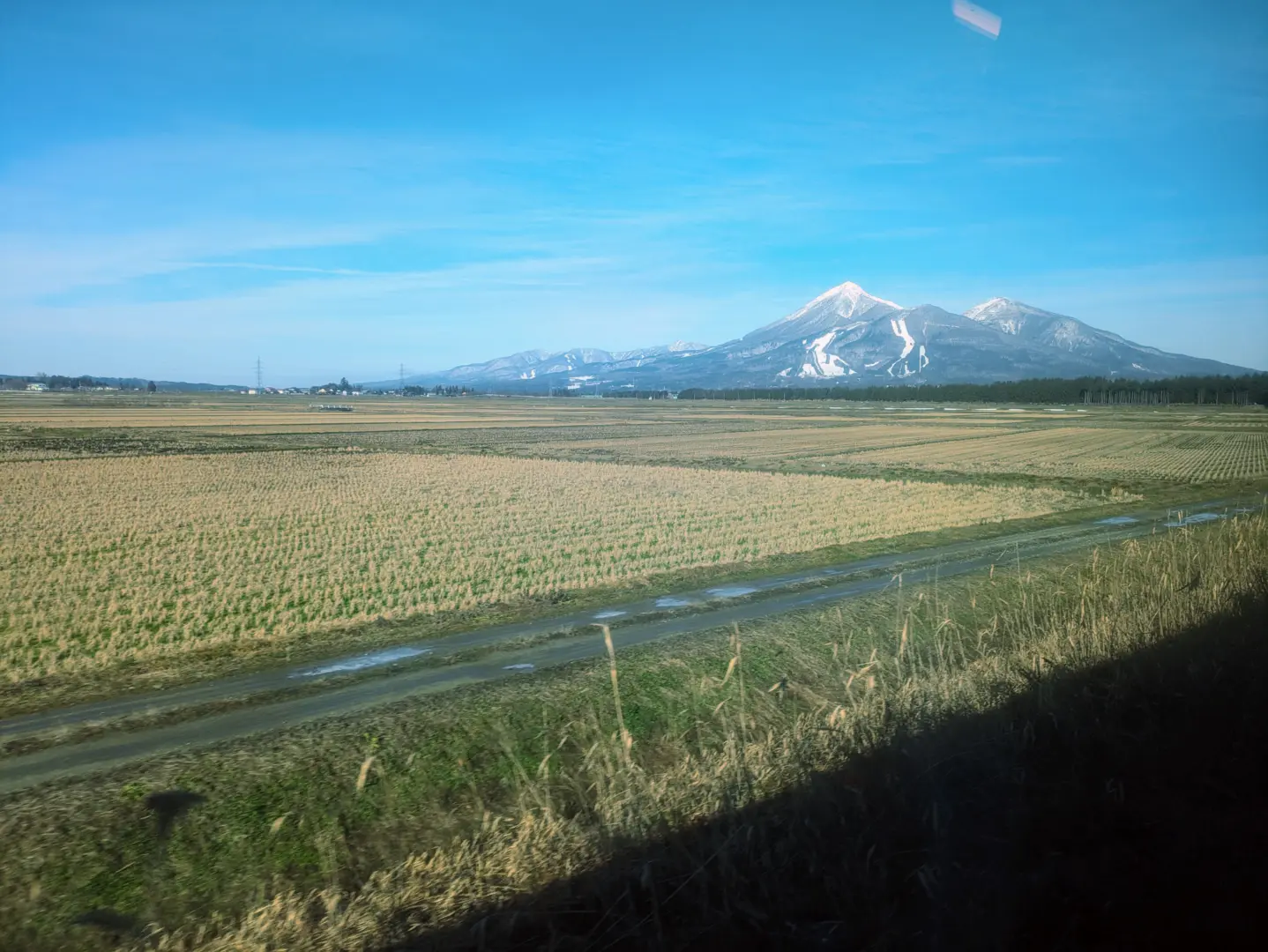
Aizu-Wakamatsu checked all our boxes as a travel destination: called the Samurai City, the city was home to Samurai for a long time, until the Boshin War in 1848. We also looked forward to visiting Higashiyama Onsen and seeing the local crafts, including lacquerware and, of course, the local cuisine and sake.
With the circular sightseeing bus (210 single / 600 day pass) we first visited Tsuruga Castle, a reconstructed version of the 14th century fortress. The inside housed an exhibition about the history of the region and the castle, and at the top one could enjoy the panoramic view over the city. Located in a basin surrounded by mountains, the view was great.
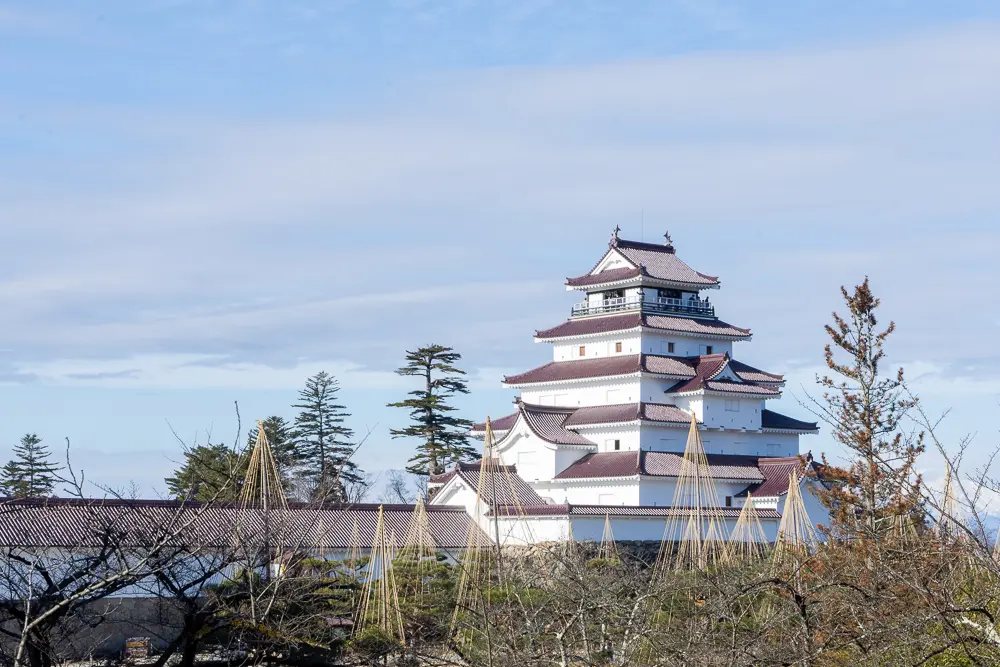
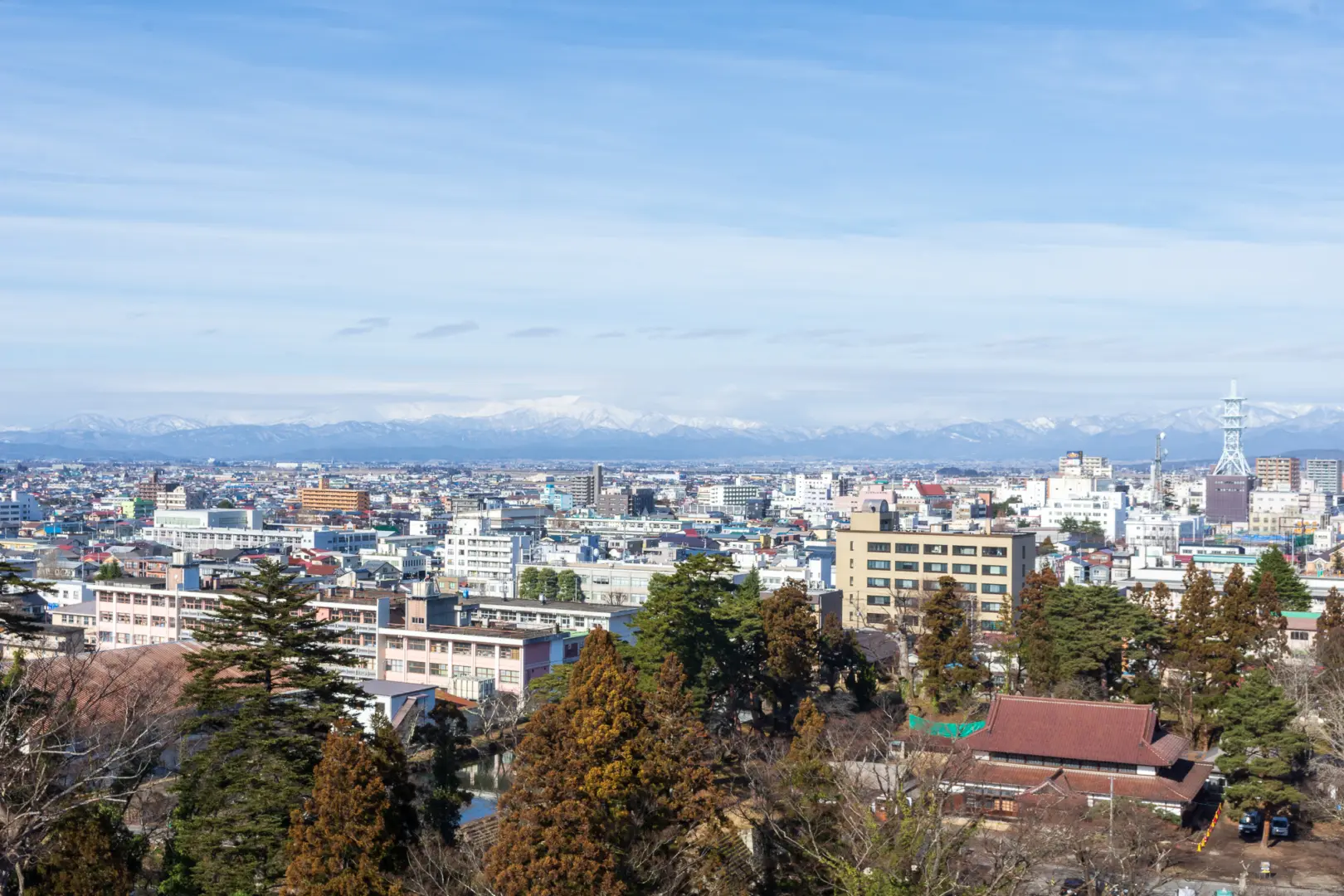
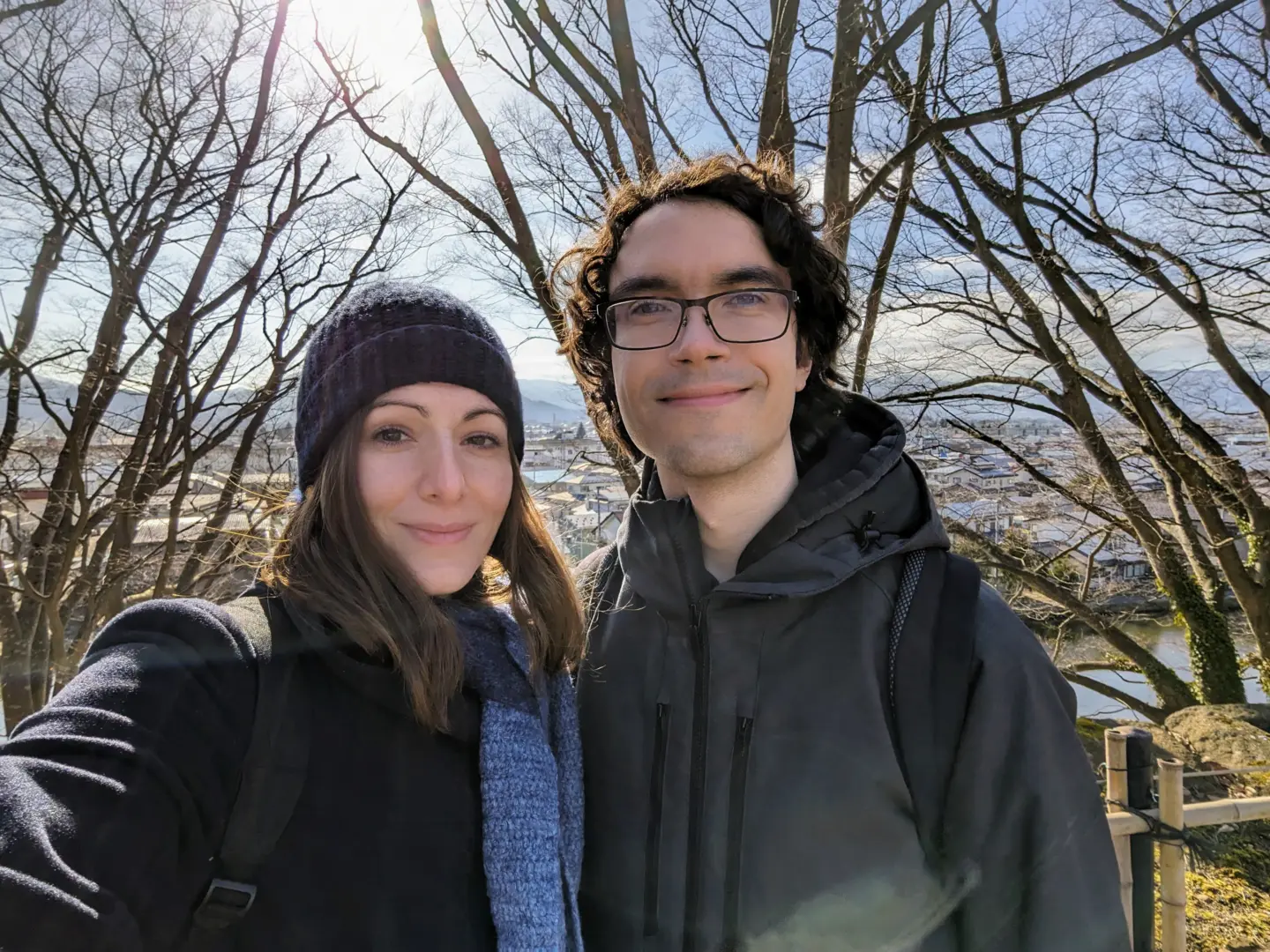
For lunch we visited Takino, a long standing restaurant serving wappameshi, steamed wooden baskets containing rice topped with local ingredients. In fact, the building was rebuilt using beams surviving the Edo period. Takino’s dishes are a treat for both the eyes and the palate.
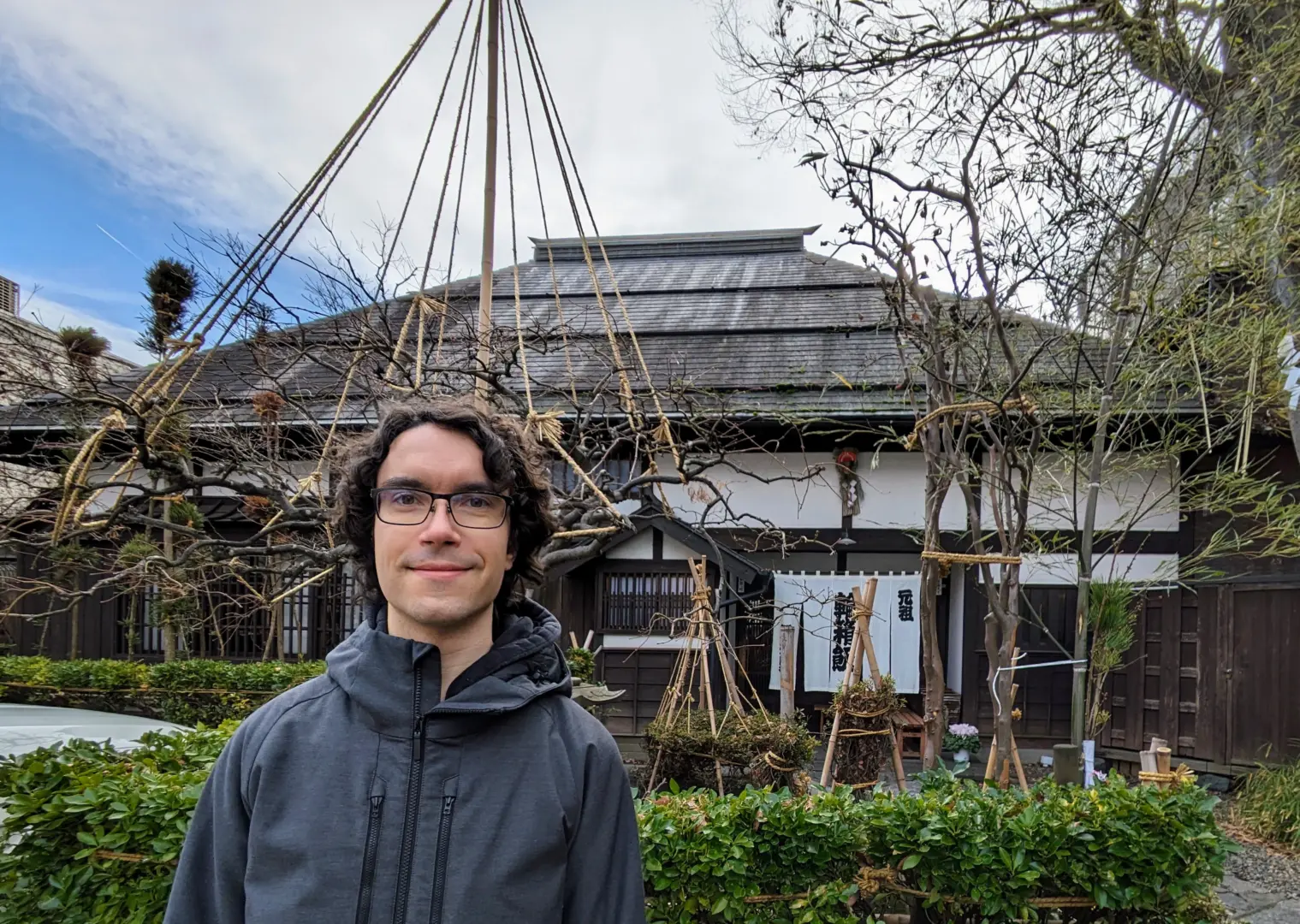
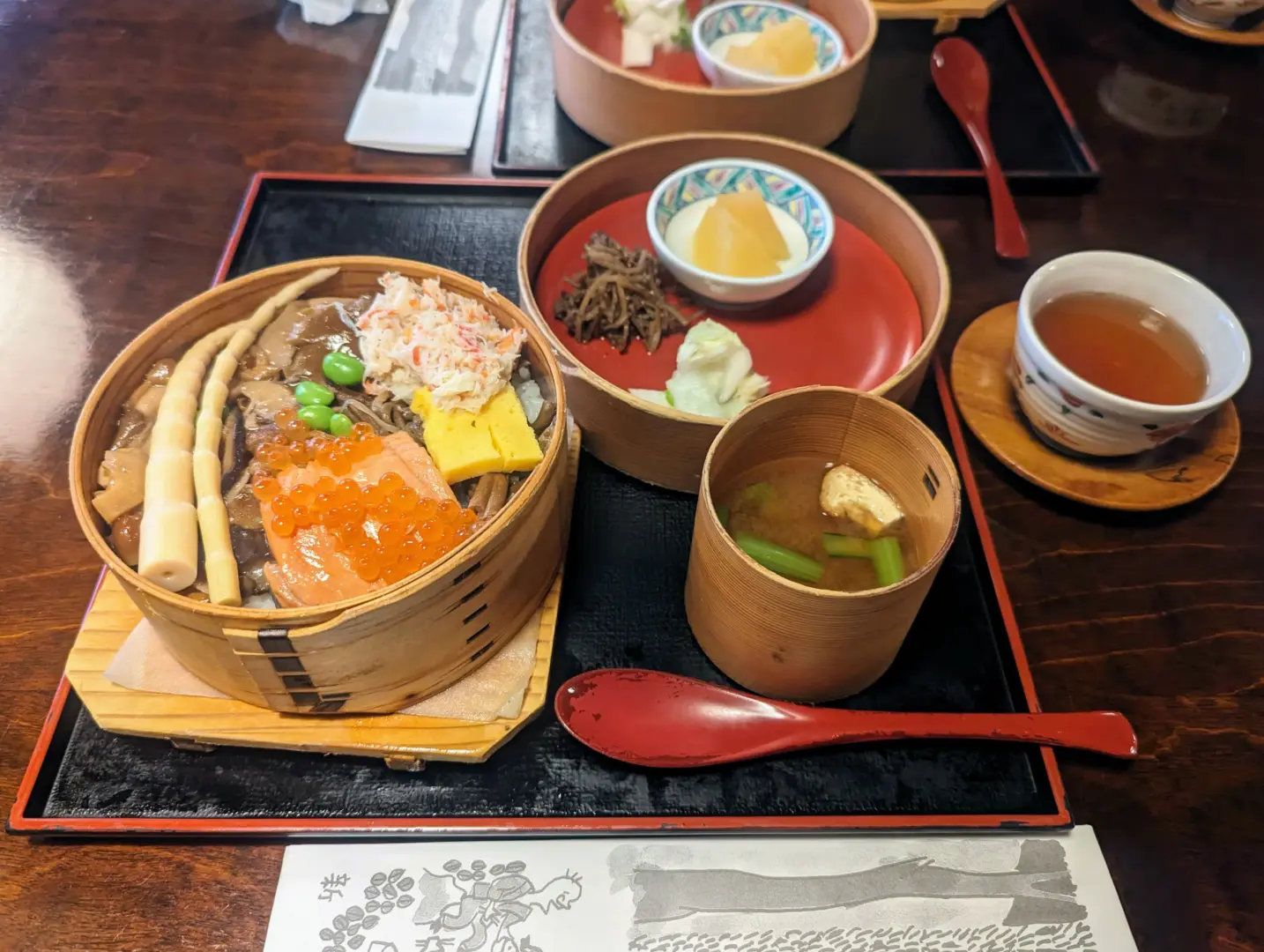
Next on our list was the Suehiro sake brewery, which ran guided (Japanese only) tours every full hour. The guide spoke at an incredible speed. It was challenging to follow, but the part I could understand was more detailed than what I had heard at other breweries I had visited so far. In the end, we could also sample various products and find our shared favorite among them. In fact, we liked them so much that we sent bottles home.
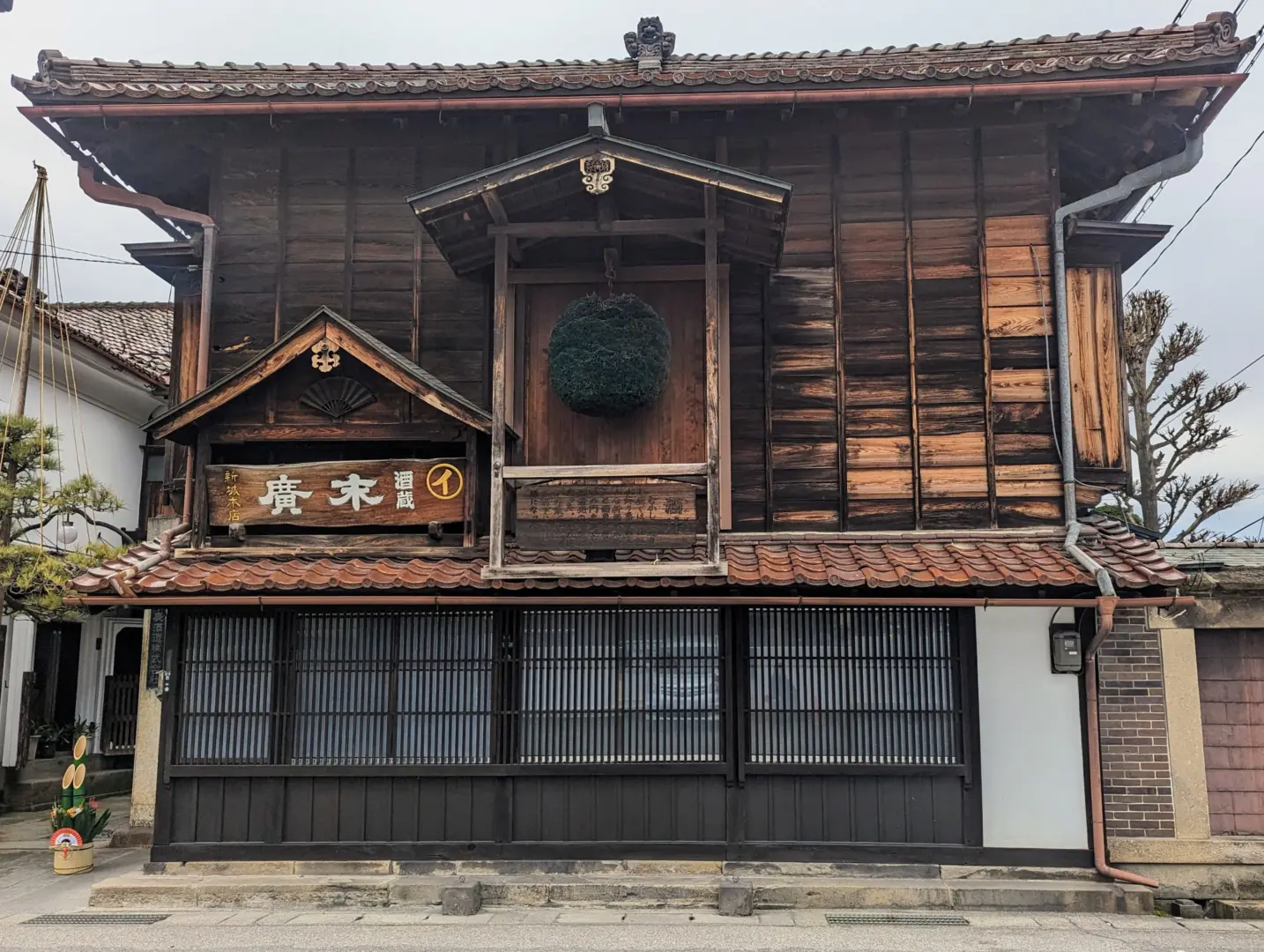
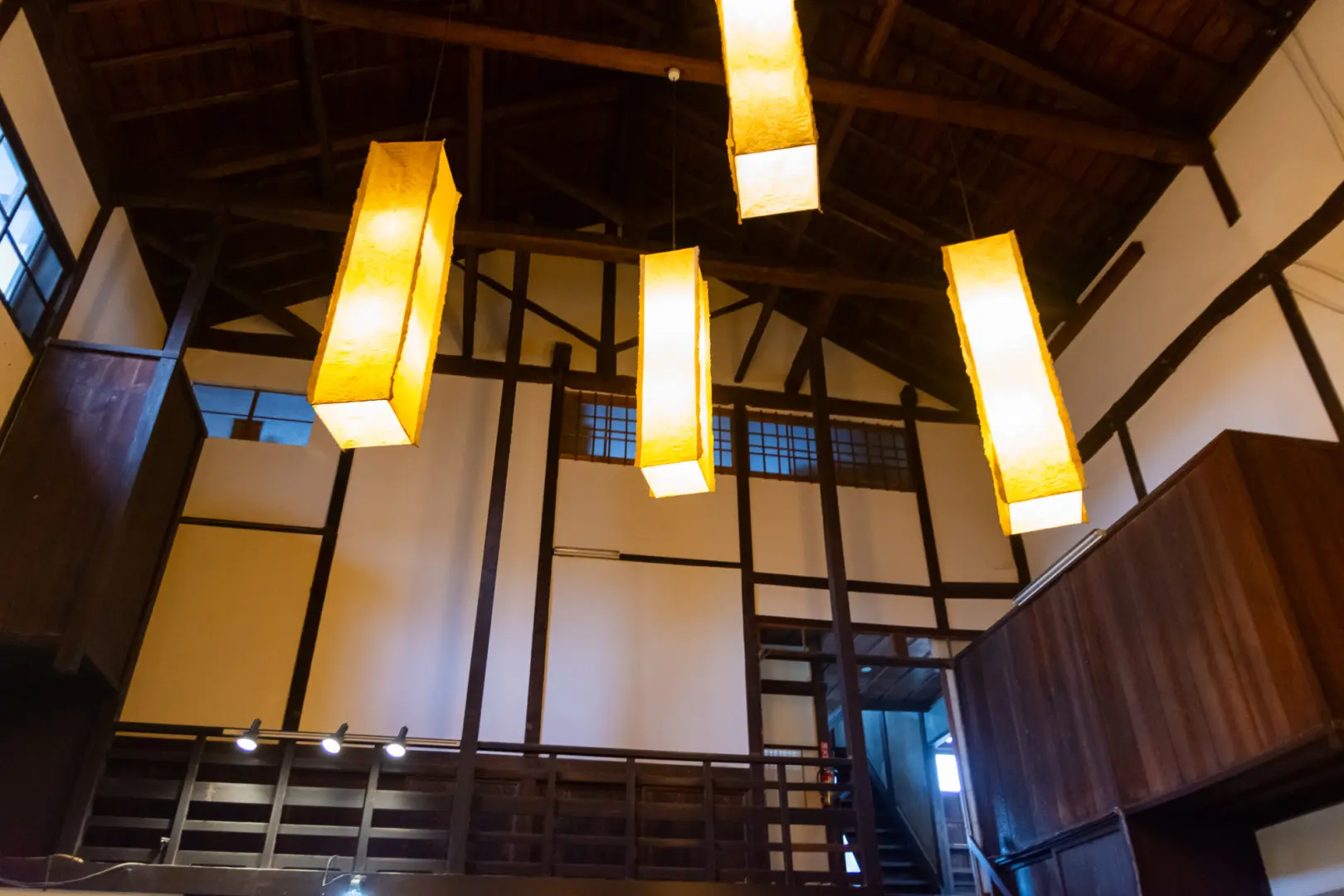
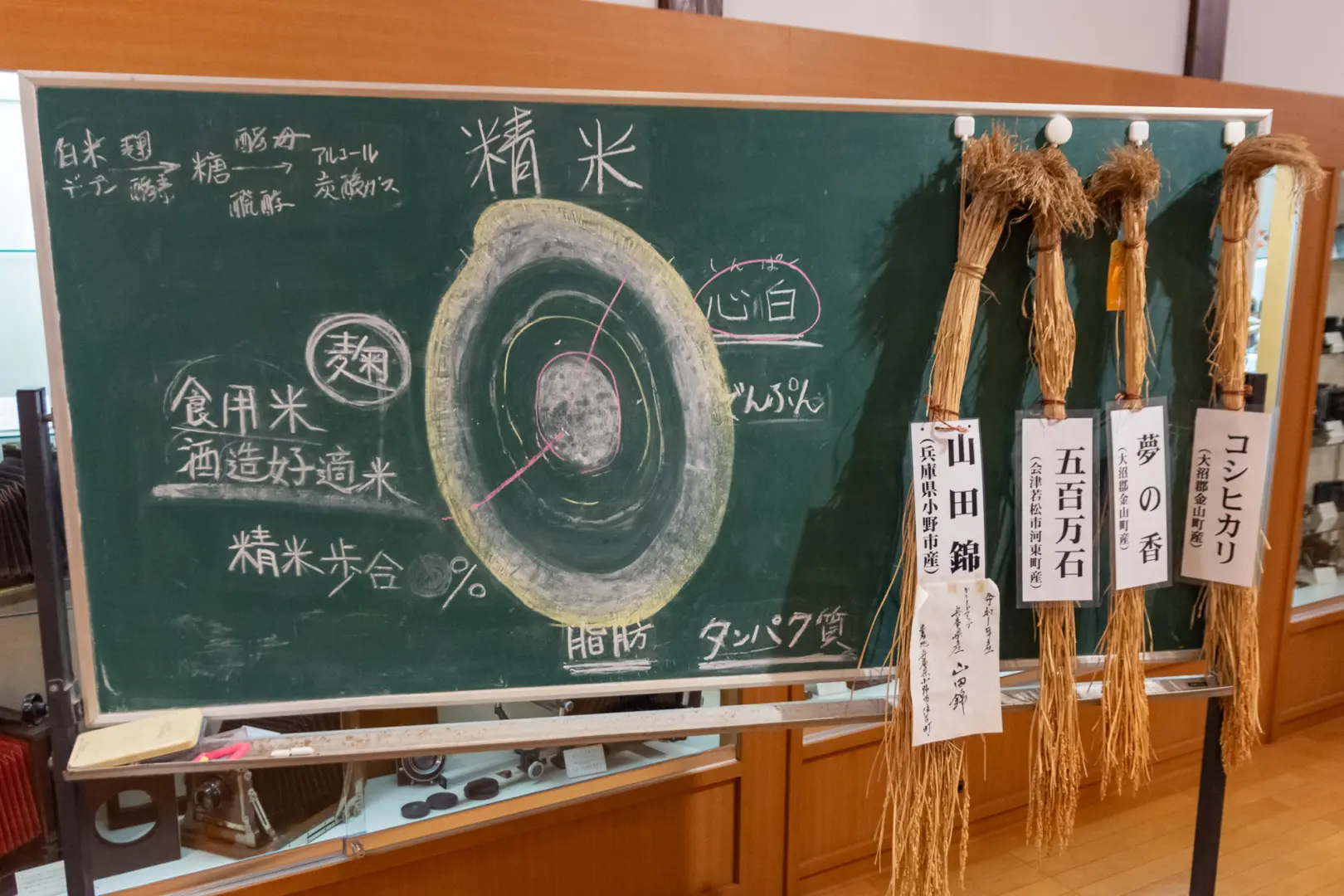
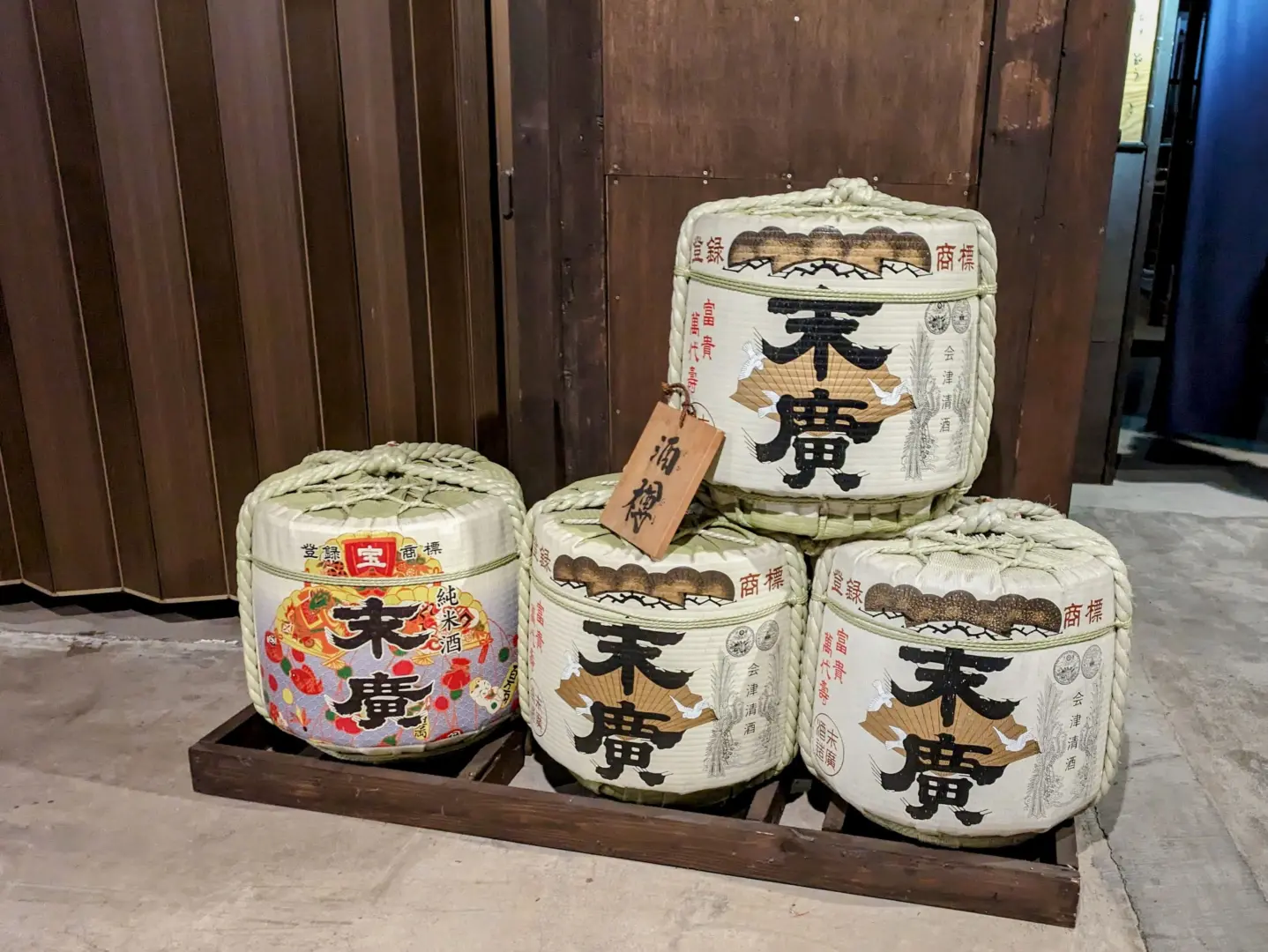
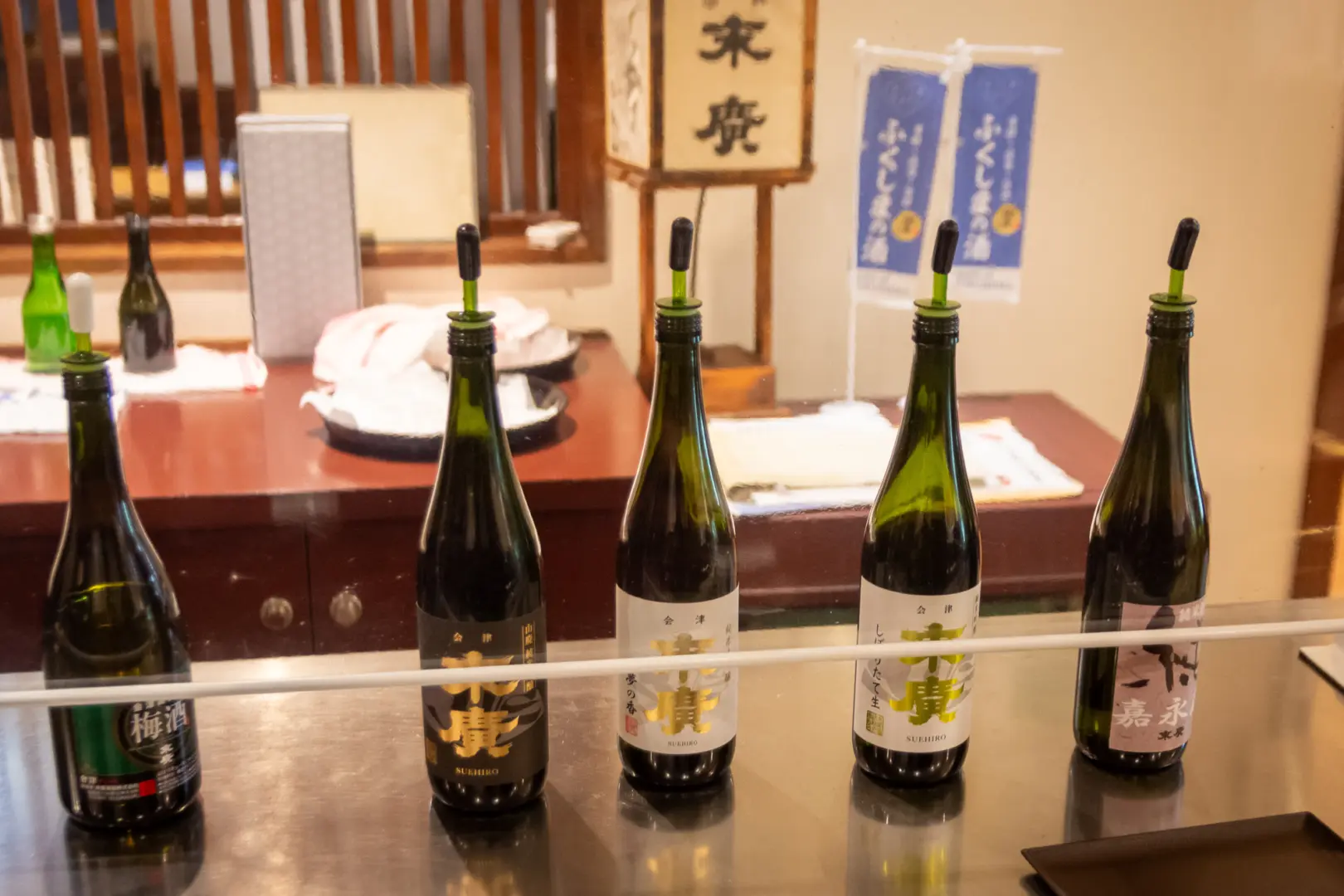
We then headed for our accommodation on the outskirts of Higashiyama Onsen, just at the eastern edge of the city. Although close to the city, the turbulent river evoked the atmosphere of a secluded onsen village. Soaking in the hot spring water while watching the illuminated waterfall was a highlight of the day.
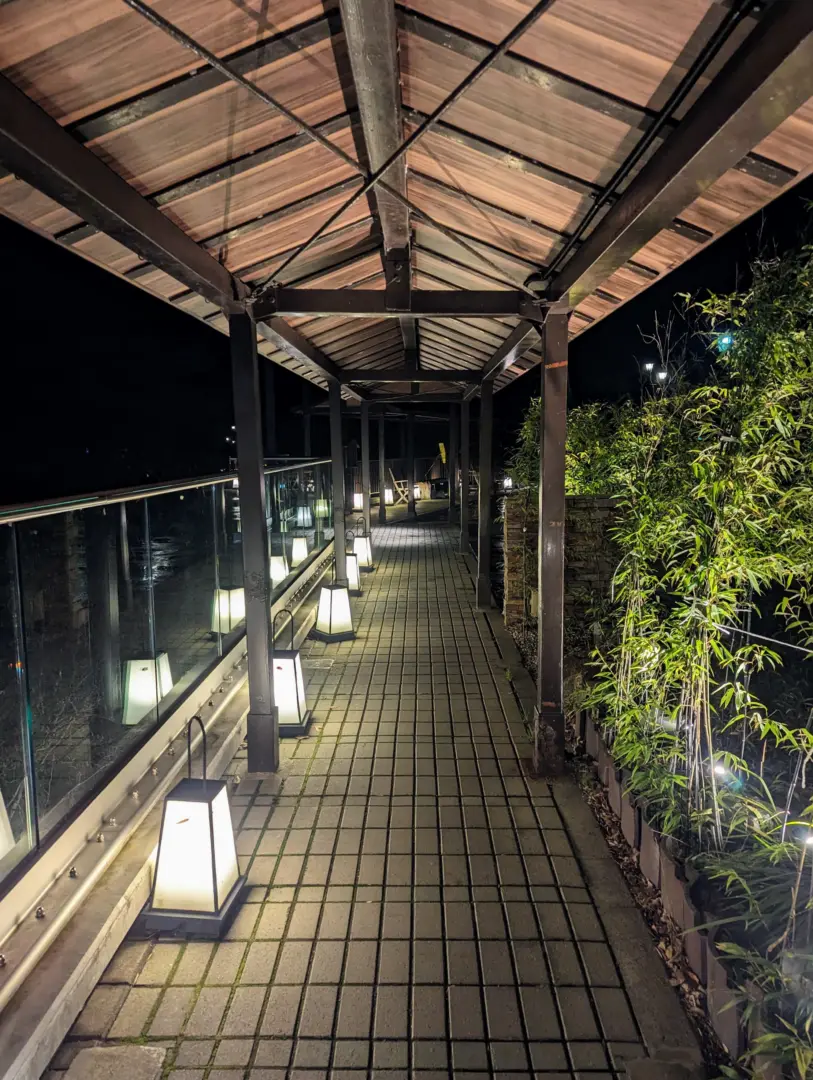
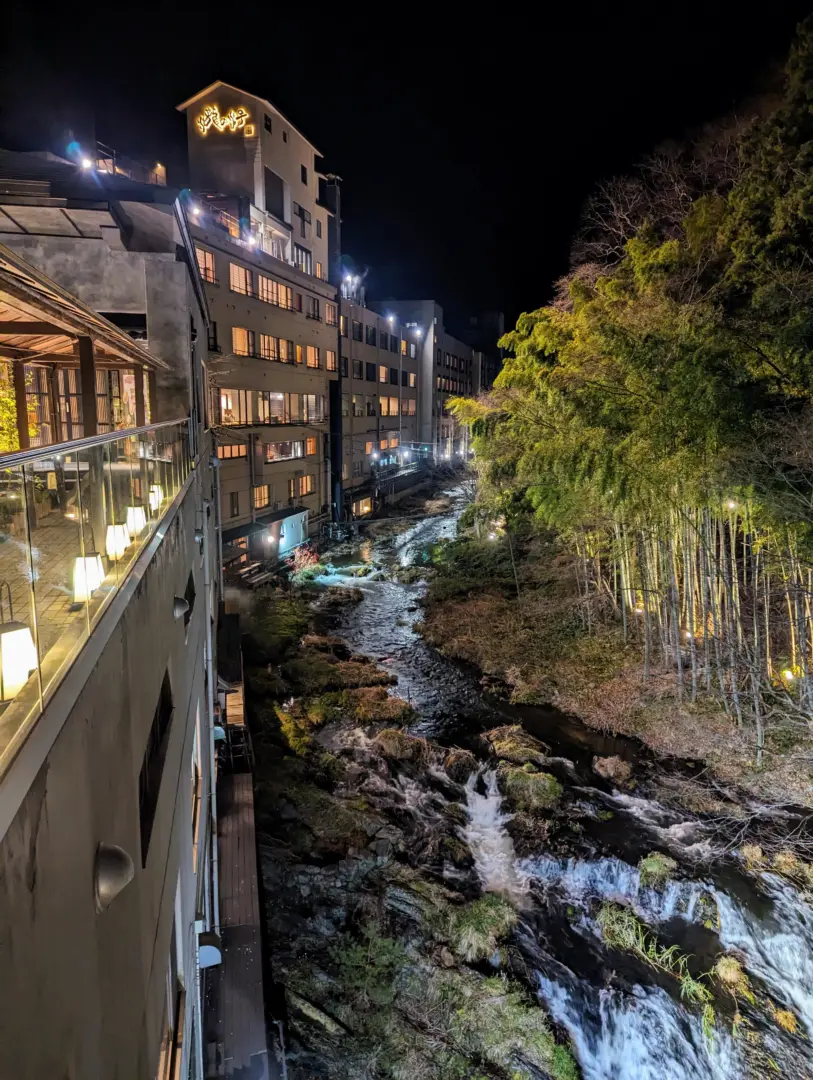
We returned to the city center looking for dinner and after meeting several full izakaya, we found ourselves in a cozy restaurant run by a single lady. We could try various local dishes, including mountain vegetables, grilled fish, and raw meat, that paired well with sake from the region.
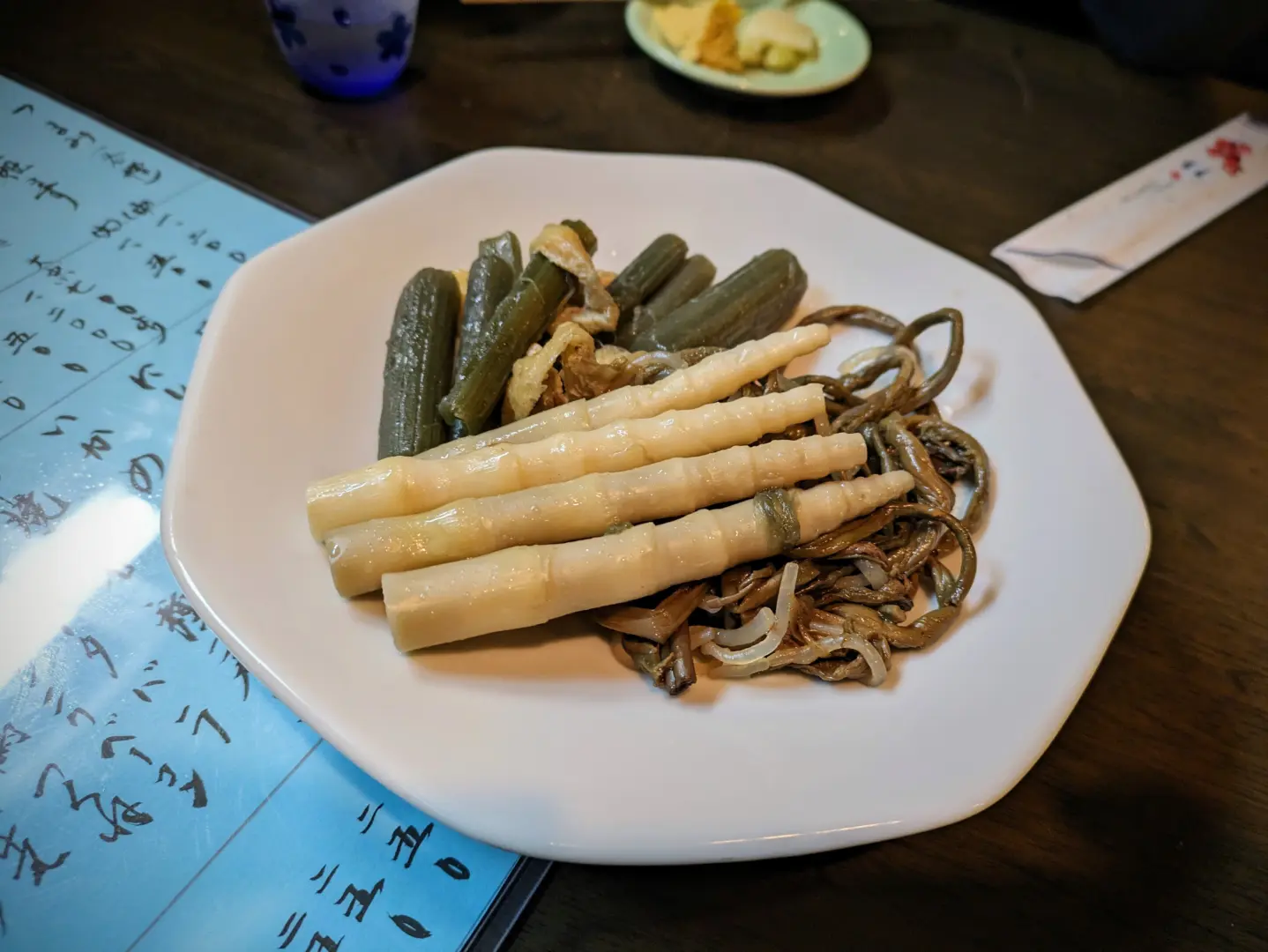
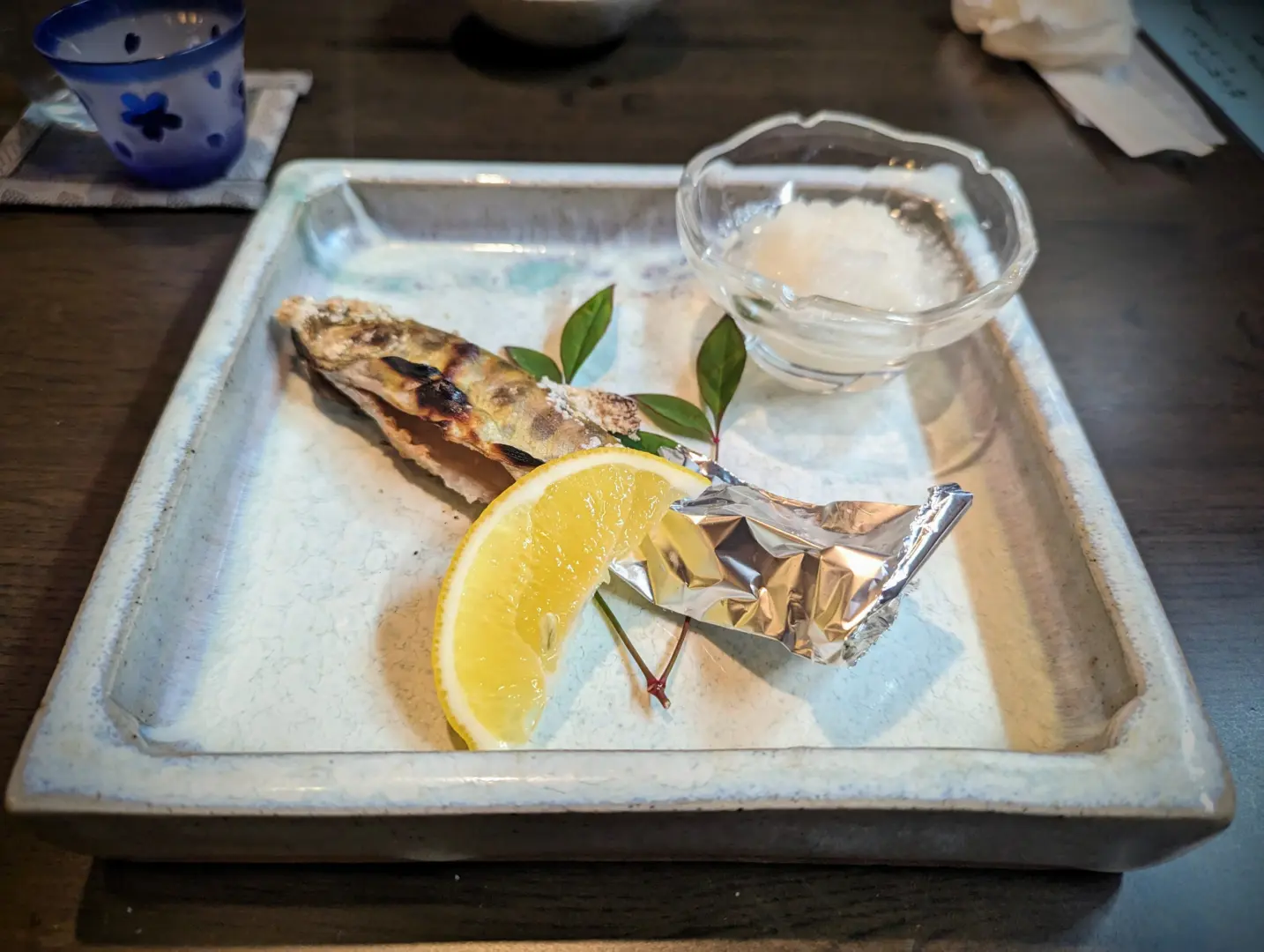
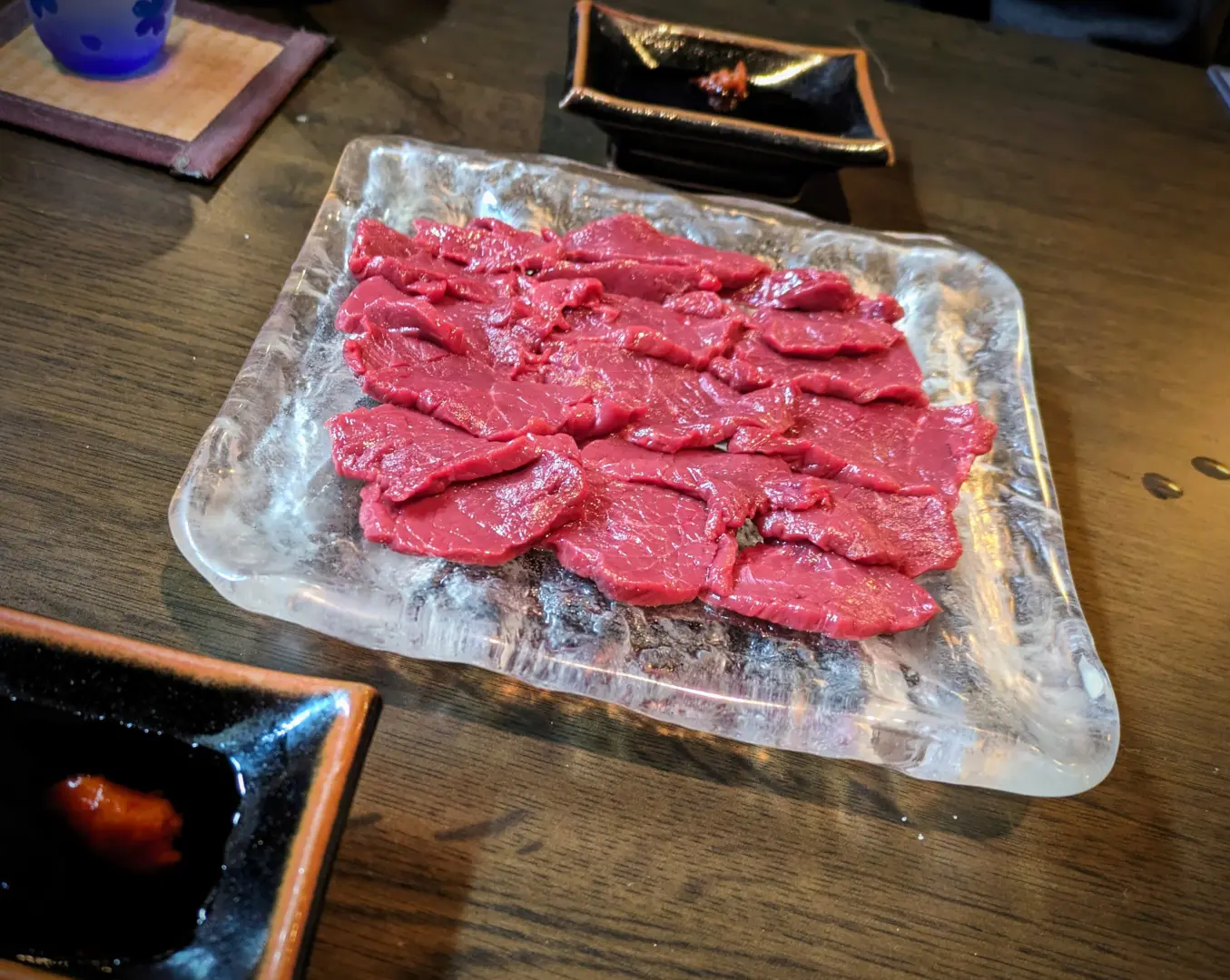
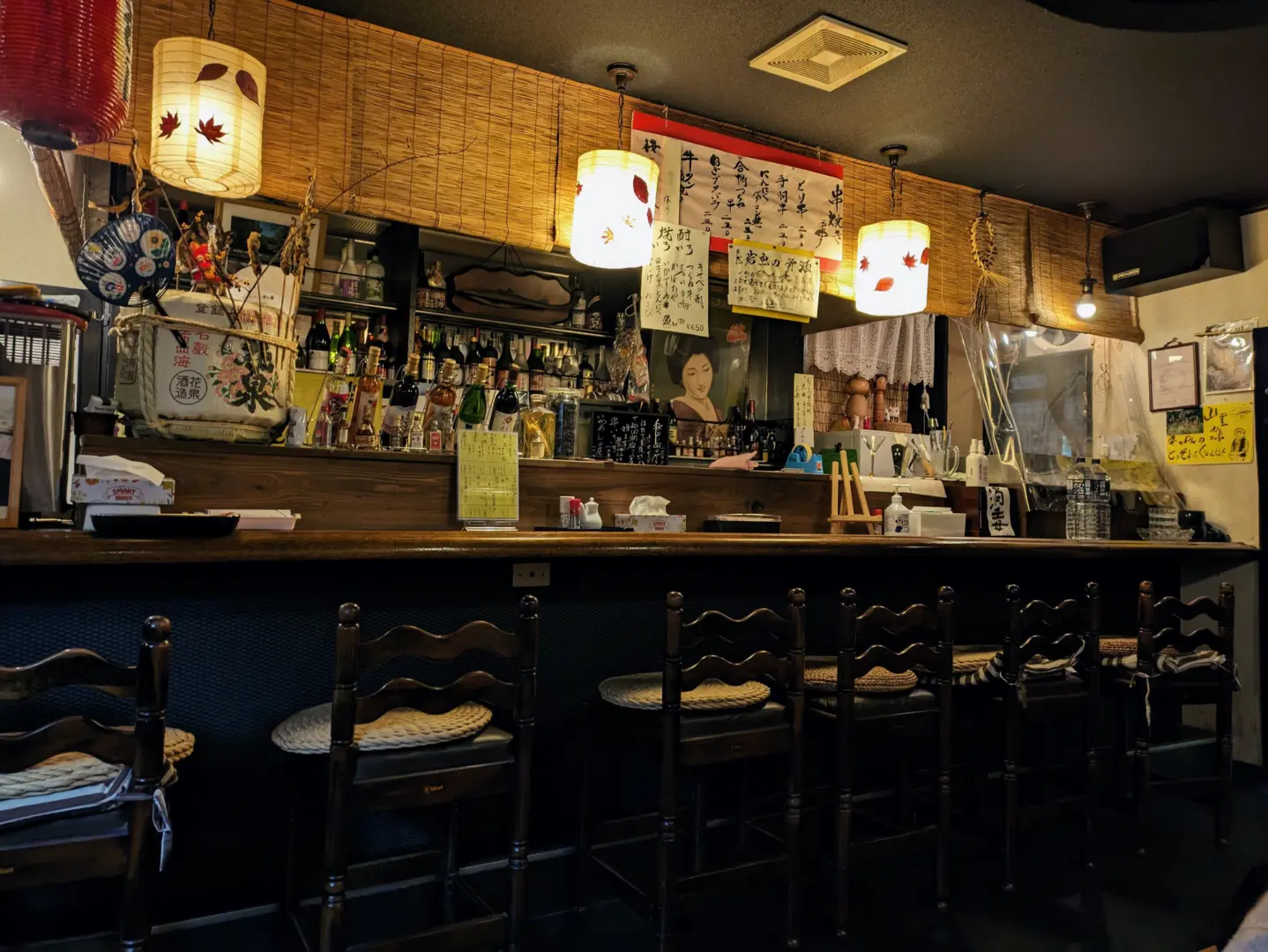
The next day started with a delicious breakfast at the hotel. Spoilt with sashimi and freshly prepared mochi, we started the day full of enthusiasm.
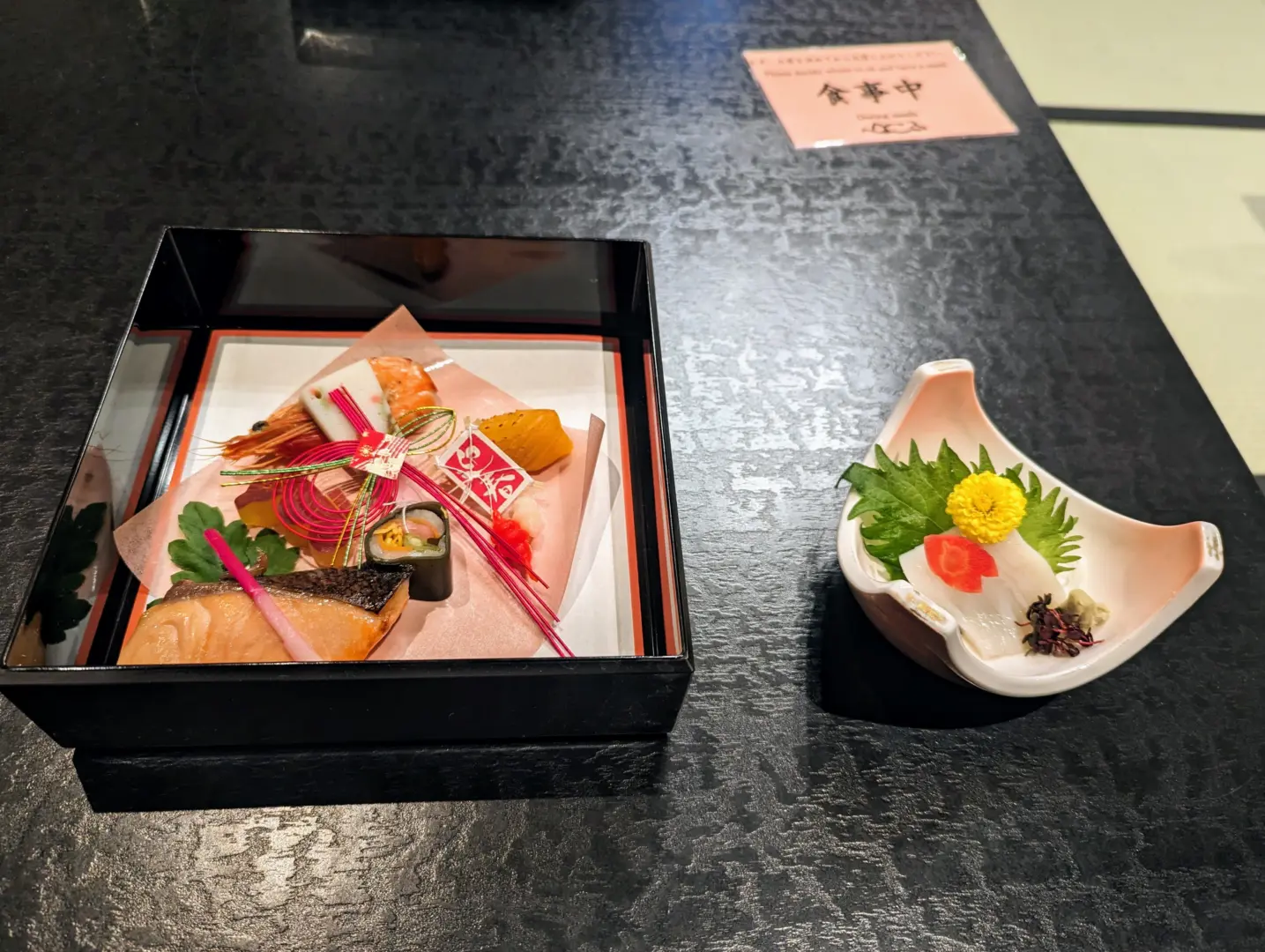
Before leaving Aizu-Wakamatsu, we visited the Bukeyashiki Museum, a former samurai mansion turned open-air museum. The extensive course through the main house and the adjacent property gave us an impression of the lifestyle of the 18th century high class.
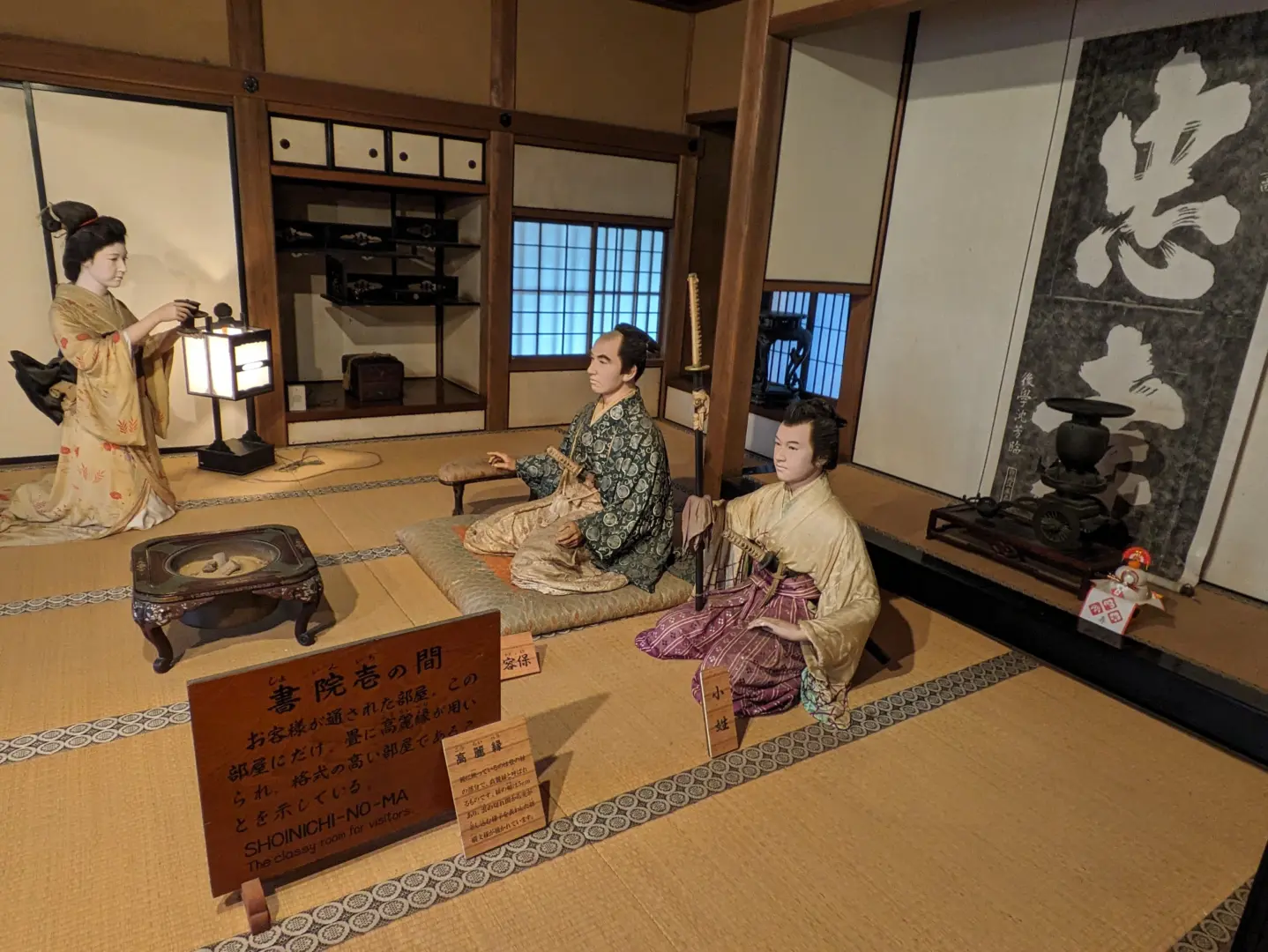
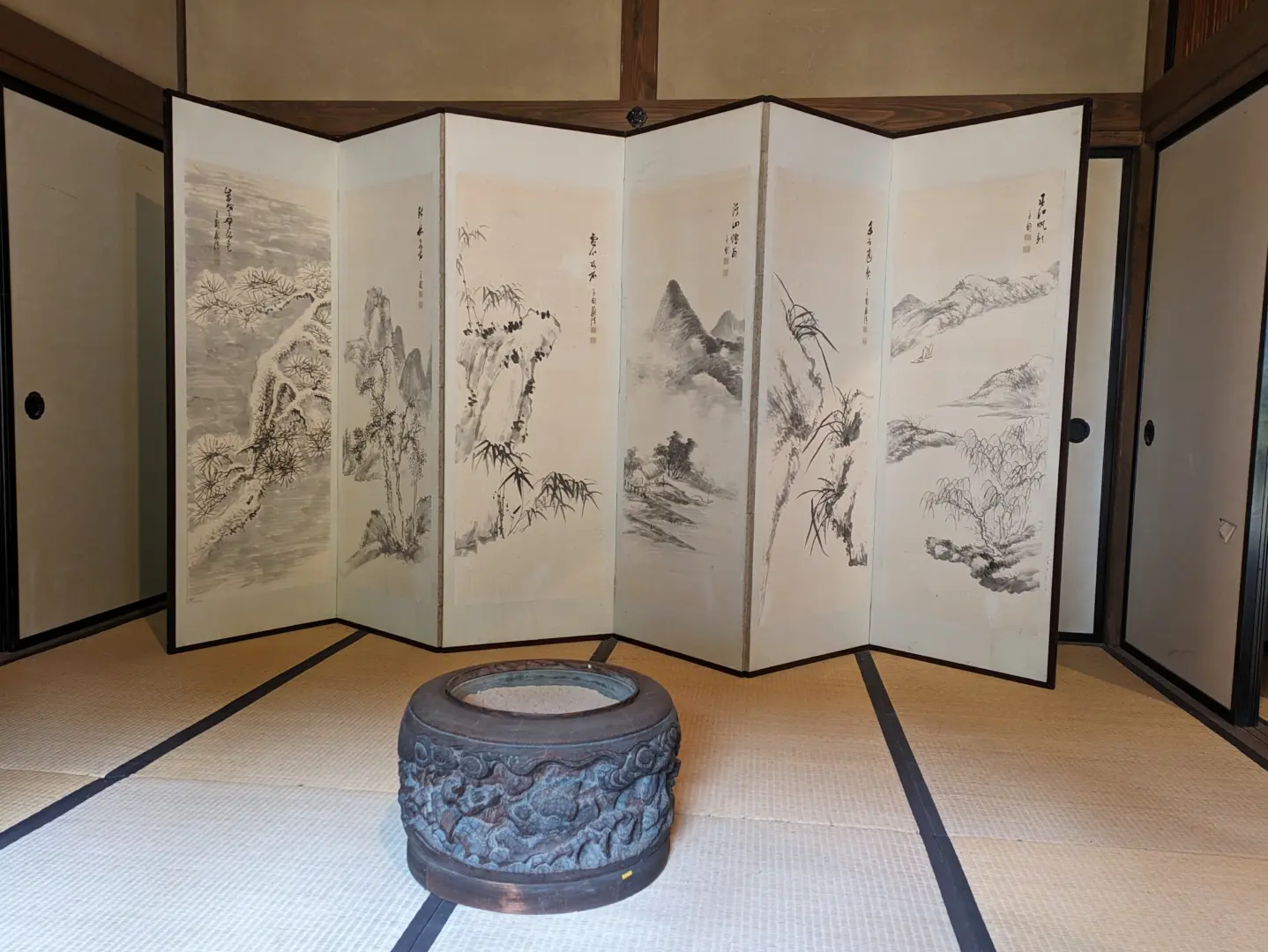
With fond memories, we continued our journey to Yamagata (Part 2).
Pingback:Winter vacation in Tohoku - Tabimonogatari - 旅物語